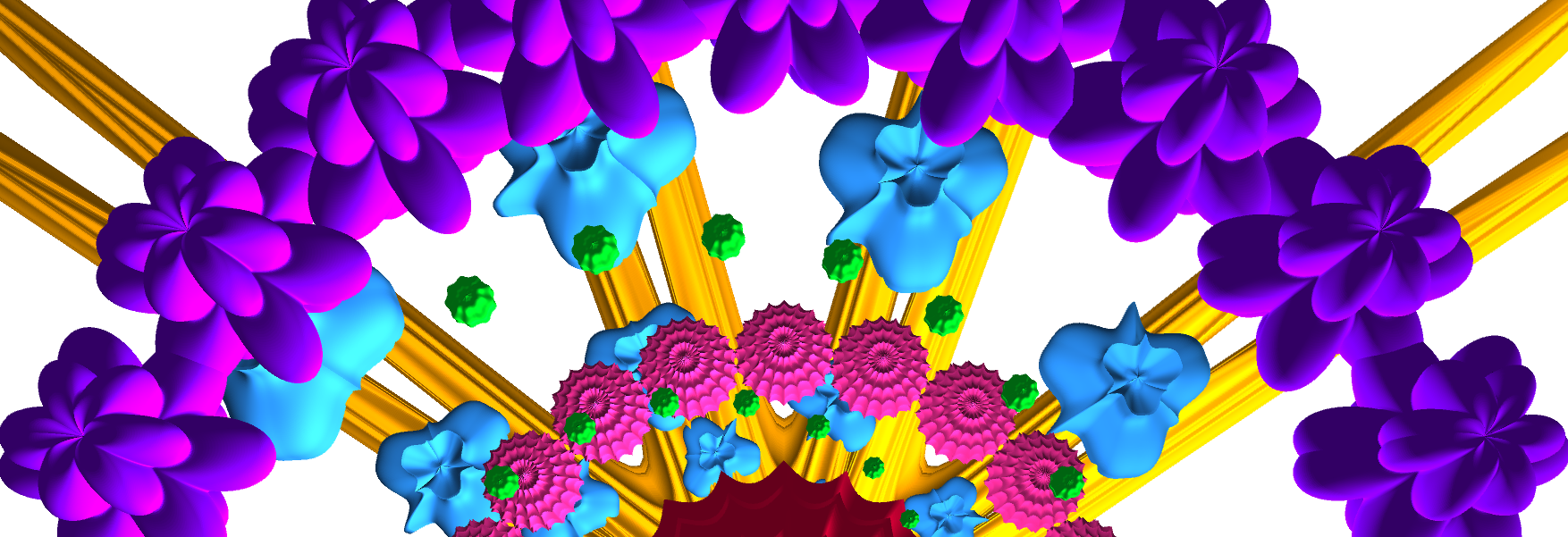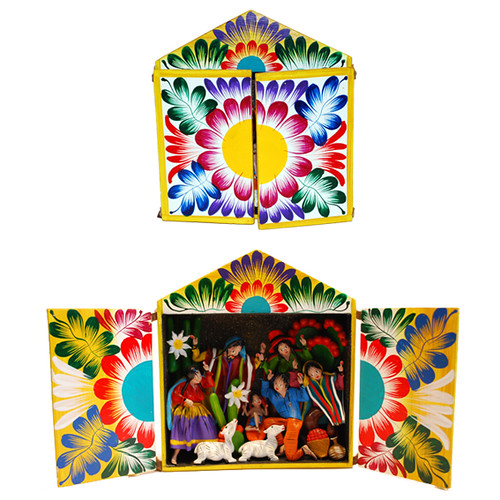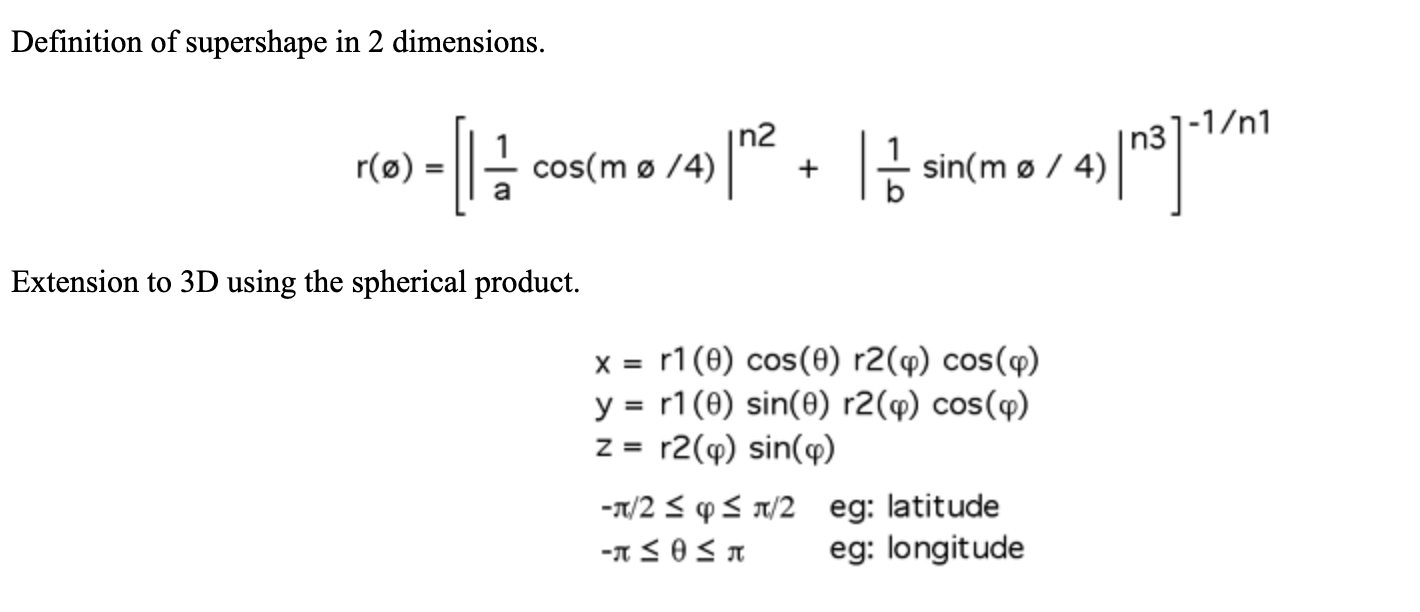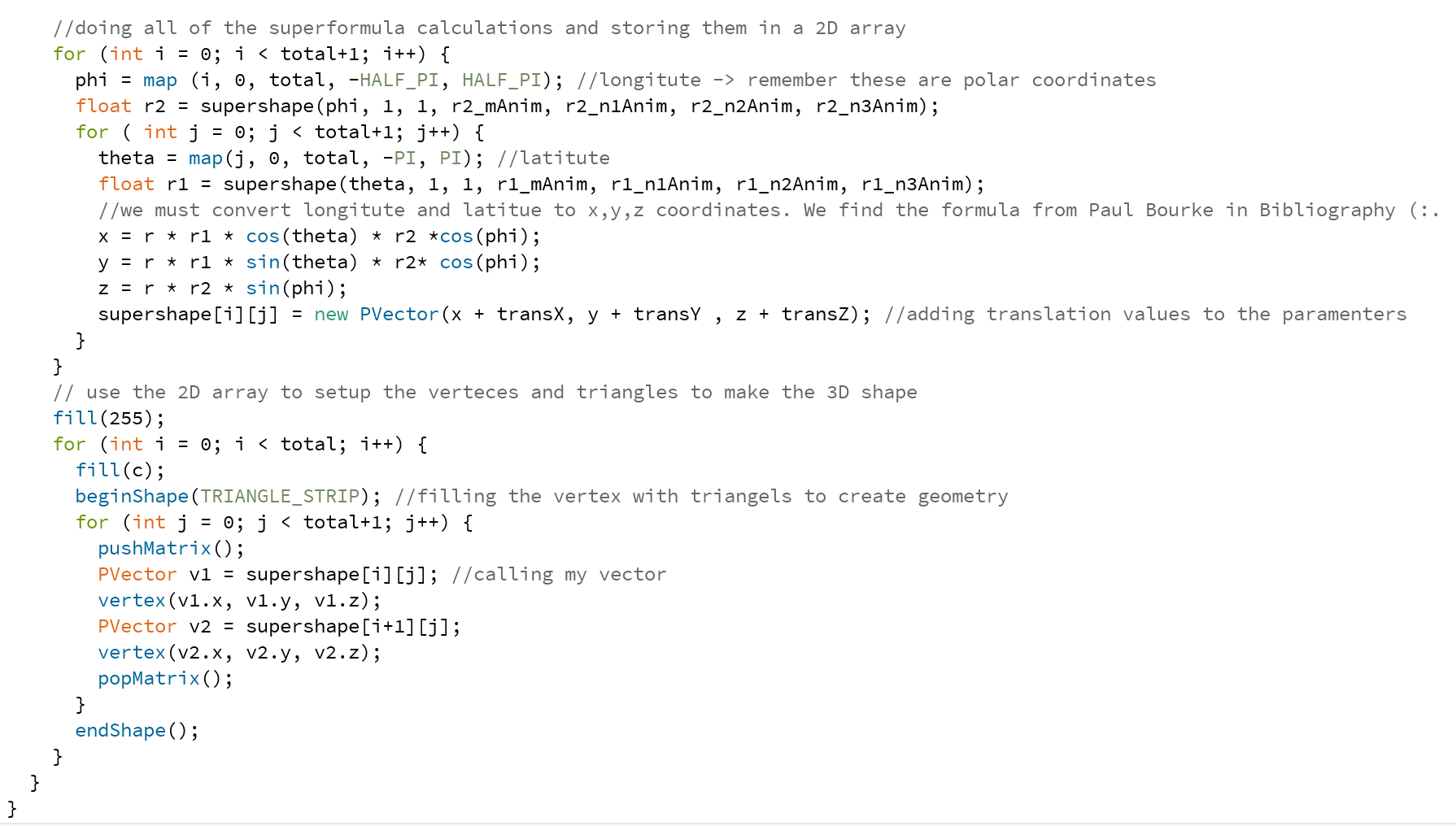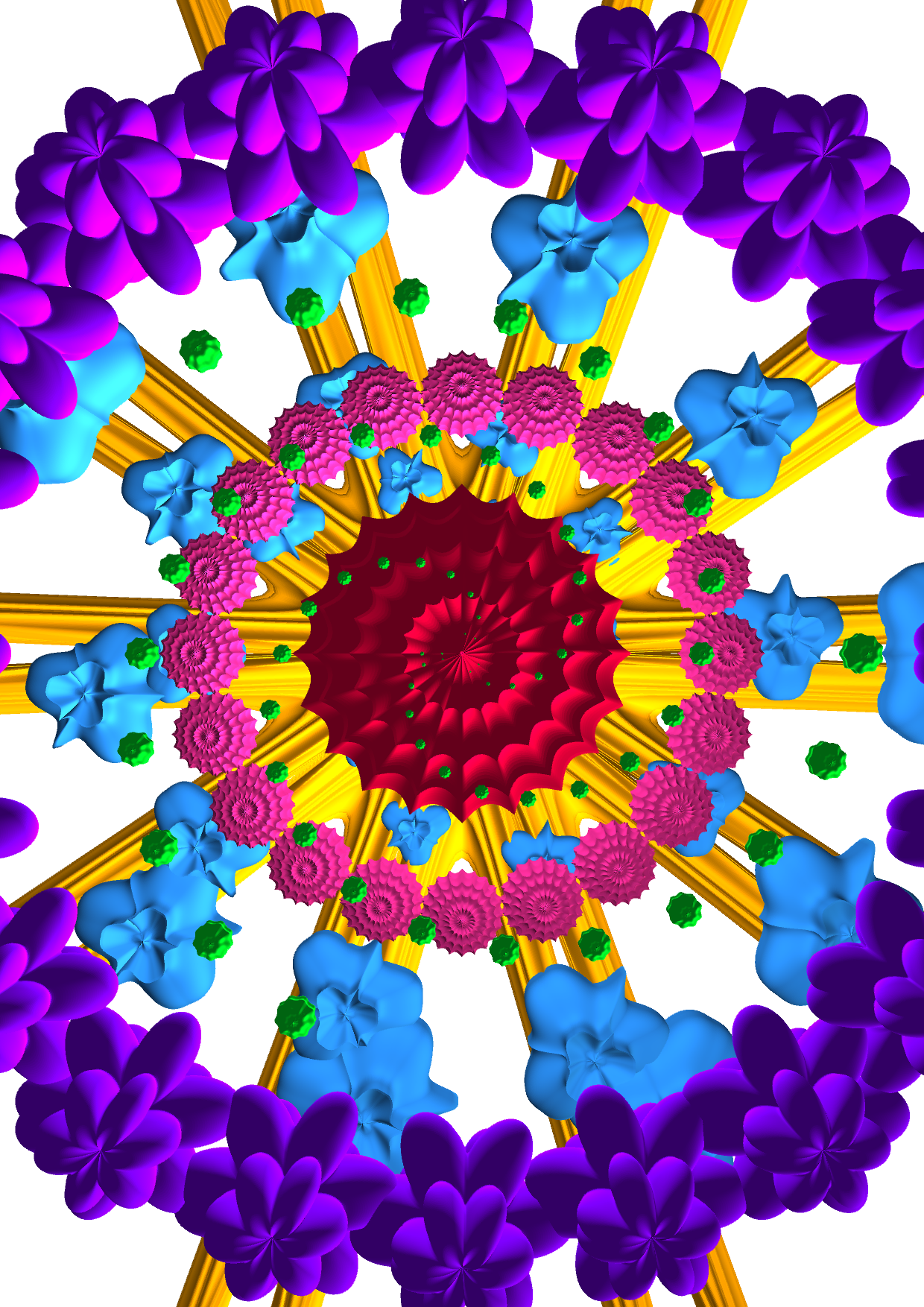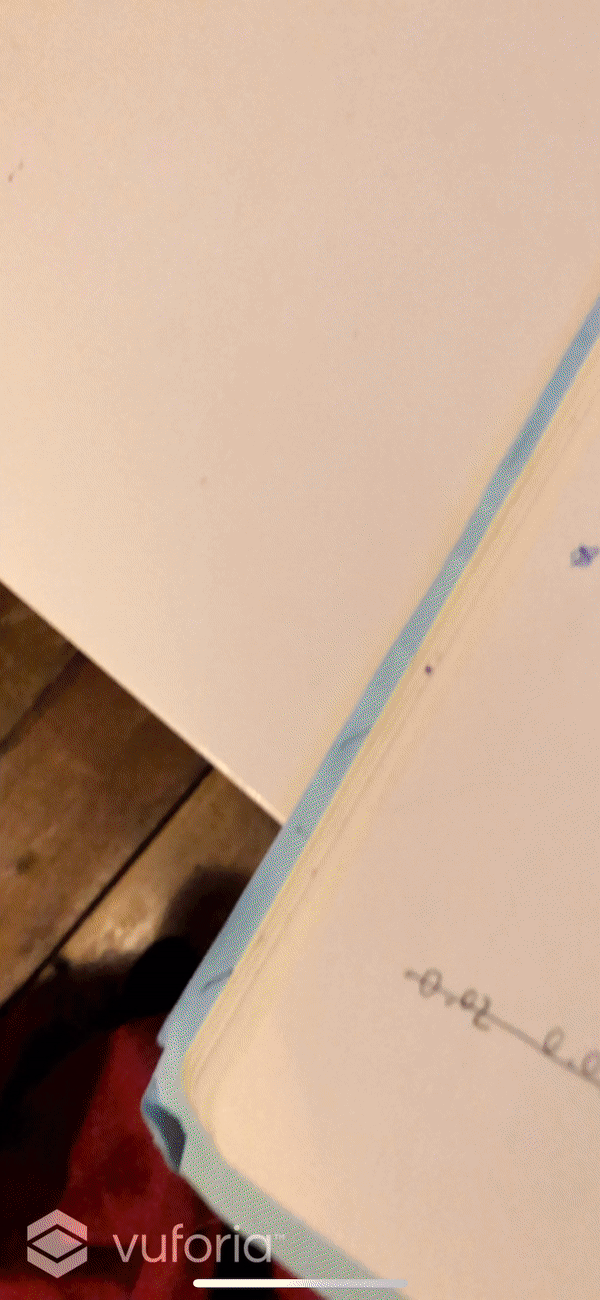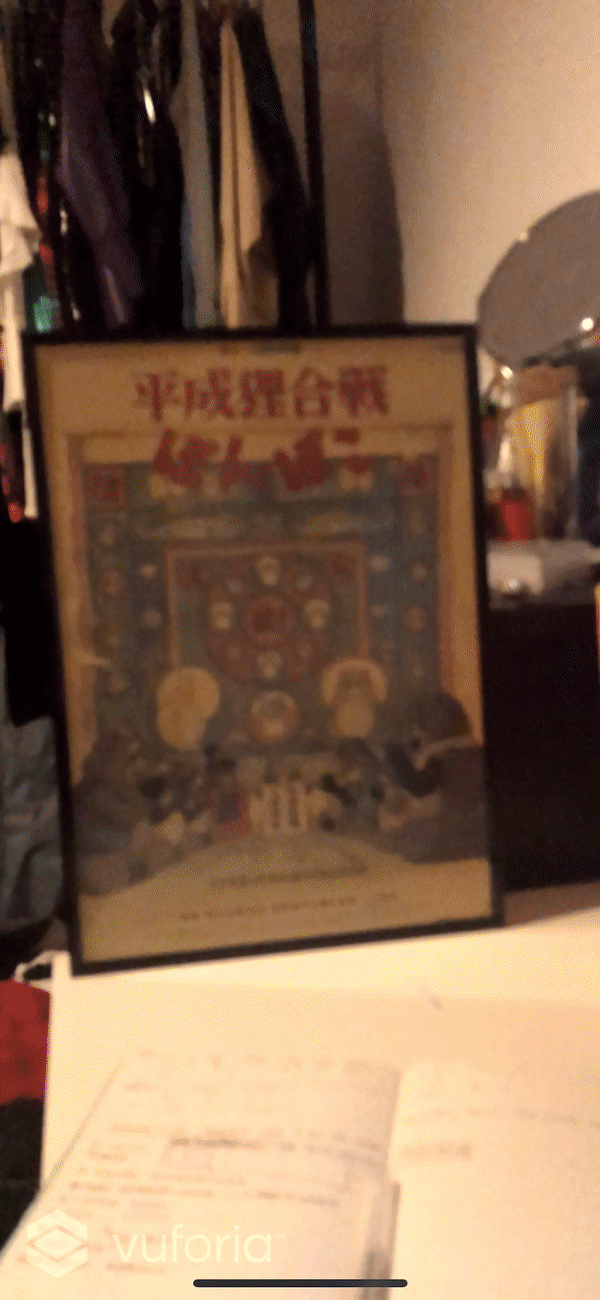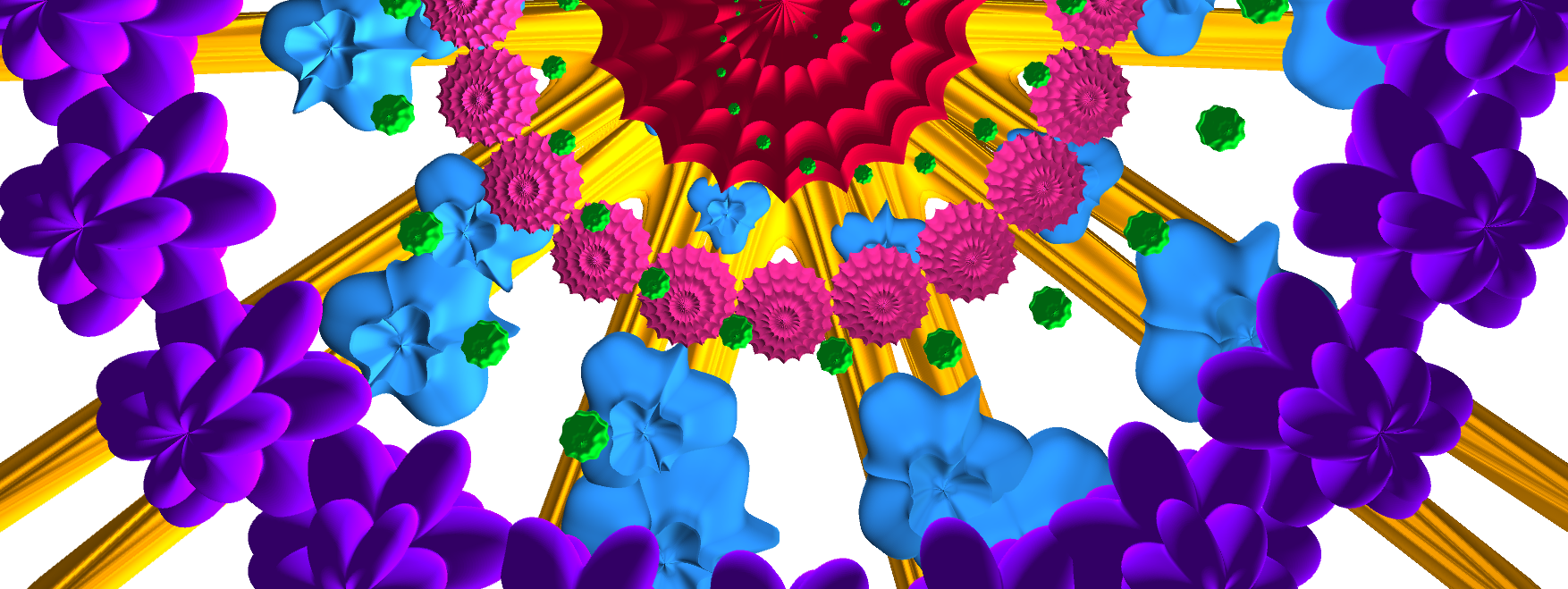SuperRetablo
an Augmented Reality Poster
The following piece brings together an artifact, mathematics, and Peruvian history. I reappropriated a Retablo which for many years has been a symbol of storytelling which was created in the colonial period in South America. I decided to tell a mathematical story of the Superformula by showcasing all its different forms and celebrating it using Augmented Reality.
By exporting OBJ sequences out of Processing and into Unity, I was able to bring these supershapes to life and keep them in a digital Retablo for everyone to see. Below you are going to go through my process and creative development of how and why I made SuperRetablo.
programmed and animated by: Alesandra Miro Quesada
Context:
A retablo is, in essence, a little shrine. It was first introduced by the missionaries who tagged along with the Spanish conquistadors embarking on a journey in search of new land. When opened, it revealed miniature characters depicting one or different biblical scenes. Missionaries could strap them onto the back of their donkey and visit different tribes who would soon know about the word of God.
Ever since their 15th-century introduction, retablos spread all over Latin America. Andean craftsmen and artisans began designing their own, giving them a personal twist. The designs became floral and organic, the colors turned vibrant, and surely enough characters like Mary and Joseph started to look more like Misk′i and Pachacutec.
Retablos have evolved greatly since the ages of the conquest, they are now ornamental and depict more modern motifs like a big family feast, or even a drug cartel celebration. One thing, however, has remained the same throughout: they tell a story. Like a still play, a retablo will open its doors and allow the audience to peek inside.
The above concept is was drove me to create a poster that celebrated the retablo with and told a story that was relevant to my practice: the Superformula.
I had been exploring supershapes since the week 04 processing class. For that week's assignment, I managed to create and animate a 2D oscillating supershape and just got obsessed with the creation of different variations with different parameters. I got completely engulfed in the subject and studies different ways that I could create and further animate these shapes.
Flash forward to week 10 and I immediately knew I wanted to continue my work with the superformula but this time really extend and master its parameters. Moreover, learning how to use classes really helped this process because beforehand I had struggled with the animation and movement of the shapes I was creating. Classes were the final ingredient I needed to make sense of the whole process and by doing so I managed to create oscillating supershapes which I could then export os obj sequences.
My background before starting this MA was in 3D animation; therefore when I discovered that processing had an obj exporter I was thrilled because it meant that I could export 3D shapes into various engines. It was here where I decided to incorporate Augmented Reality into this poster. Not only would it give it a WOW factor, but it also meant I could create a 3D retablo that showcased all my supershapes inside.
Technical Approach:
I decided to take a two-part approach when starting this project. On one hand, I would have a poster that would represent a retablo design made with supershapes, this would act as the image that would trigger the Augmented Reality. The second approach would be to export different supershapes that would then populate the inside of the retablo and essentially telling a mathematical story.
To create a supershape I looked heavily at Paul Bourke′s website. In my opinion, this is the best explanation of the superformula and a great resource for anybody trying to understand how it works. Essentially you are creating iteration of a circle. You have different parameters that you can control such as the divisions of the longitude and latitude as well as different iterations of those divisions. All of this put together form what we call a supershape.
Here is the formula is taken from Paul Bourke's website and below you can see my interpretation in processing.
After accomplishing the translation of the formula from maths to processing came the difficult part: creating a function that would use these parameters to make a series of points along the latitude and longitude of the x,y, z-axis. Luckily Daniel Shifman provides an excellent tutorial that explains in detail exactly how to convert those points into a 3D shape.
Below you can see the function Superformula_3D()
After generating the function 3Dsupershape() I could finally have some fun plugging in different parameters and actually working on the design of the poster. In the video below I go through the whole programming process in detail and I also show my poster.
PART ONE: CODE WALKTHROUGH
Now that I had created the poster it was time to dive into the animation and export of these supershapes in order to achieve an Augmented Reality animated piece. I discovered this great processing library addon created my Nervous Systems studio. It was so easy to use, just like exporting a png sequence.
My approach for the animation was to map the values r,n1,n2 and n3 using sin and cos. I could create oscillating shapes that would morph from one to the other. The oscillation also provided a smooth transition that looked super good! Below you can see a timelapse of the workflow that I developed from processing to C4D. This was one of the highlights of the project because it proved that I could essentially migrate my work and evolve it using AR.
Augmented Reality:
Now the fun can really begin. I recorded a series of videos showcasing step by step how to I migrated the obj sequence into Unity and started to develop my retablo in AR. I hope you enjoy this process and see the potential that processing and Unity can have together. This project has really got me excited about all the further development I want to achieve using both tools.
To the left, you can see one of the first drafts or the AR poster. As you can see I am using a PomPoko poster as a real one was not ready yet. The reason why it is multicolored is that at the time I was also working with UVs and needed to see what color went where. The middle gif is once I got all my superformulas together and actually managed the get the phone working with all 9 supershapes. Finally, the right-hand side is the last draft.
PART TWO: CODE WALKTHROUGH
FURTHER DEVELOPMENT:
In the future, I would like to make more posters. Simple as that. Retablos usually work on their own but there is something so special about having lots of them, lots telling different stories. Maybe in the future, I will pick a theme that is not necessarily mathematical, rather more humanistic.
In terms of programming, I would have definitely liked to animate more supershapes and create even more art with them. For example, I think it would be really interesting to link the shapes to a mocap suit and have them change depending on the user. Or maybe use ARKits mocap to do that. SO it would be interesting to have performance between a human and a supershape!!.
Overall however this project has been opened my eyes to what extent code can make art!!!! Moreover, I just felt really proud of myself to achieve a work of art that I was happy with. It has really boosted my coding confidence and will definitely see me using processing int he future.
































































